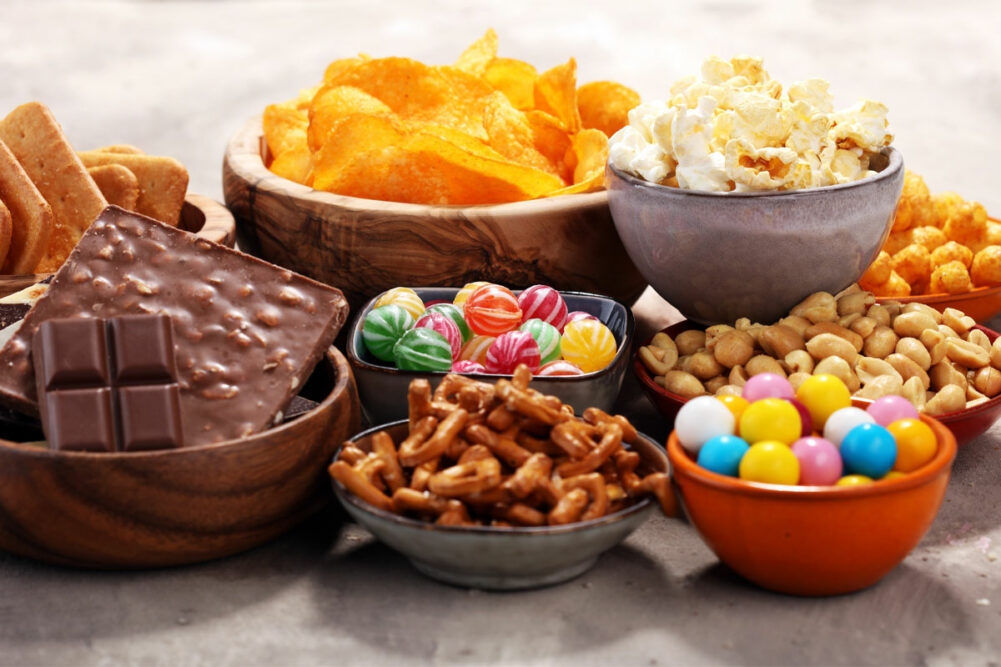CHICAGO — A thread running through this year’s annual Sweets & Snacks Expo held May 22 to 25 was the economy is challenging for many consumers, and it is reshaping their snack and treat purchasing behaviors as well as purchasing behaviors in overall food and beverage.
“The elephant in the room is the economy is very tough,” said Kathy Risch, senior vice president of shopper insights and thought leadership for Acosta Group, Inc., Jacksonville, Fla. “We did eight (consumer studies) last year and continue to do more this year and have found one in two consumers are only shopping when they are in need. They are also reducing their impulse purchases.”
Benefiting snack and candy manufacturers is many of the products are meaningful to consumers when they are dealing with difficult times, said Ms. Risch.
“Dessert, candy, snacks and ice cream — these categories are very relevant,” she said. “People will splurge on items while cutting back on others.”
Despite the relevancy of snacks, the category has lost ground. Using Nielsen data for the 52-weeks ended April 15, 2023, vs. a year ago, Ms. Risch showed the average unit price of snacks has risen 14%, category dollar sales have risen 12% while unit sales have fallen 2% for the period.
Addressing what matters most to consumers today, Ms. Risch said beyond taste it is “good value,” “on sale,” and “family preference.”
“Healthy and convenient are on the list, but are below the top five,” she said.
Ms. Risch went so far as to say recessionary behaviors do bode well for the snack and candy segments as long as consumer needs are met. She recommended manufacturers offer frequent promotions, be transparent about a product’s value, and that they frequently assess their assortment and innovation plans.
She also recommended placing particular focus on millennials who she called “big snackers” who buy frozen snacks and sides 69% of the time, granola and cereal bars 67% of the time and fruit chews 63% of the time.
“They exceed total shoppers by 10 to 20 points,” Ms. Risch said.
A key in targeting millennials is understanding that their definition of healthy focuses on clean ingredients, natural and organic, and high protein. It is different than other demographics like baby boomers who define healthy by a product’s sugar content, fat content, total calories and carbohydrates.
Ms. Risch added that so far in 2023 convenience stores are seeing increased foot traffic and outperforming grocery in terms of snack and candy sales. She attributed the increase to greater consumer mobility and new store concepts from companies like Wawa’s and Wally’s.
Beyond the economy, Ms. Risch issued a warning about how the adoption of self-checkout at grocery is impacting impulse buying. She noted impulse buying is critical and at risk, particularly in light of current trends where the sale of self-checkout equipment is up 14% in 2023 as retailers attempt to blunt the impact of higher labor costs.
Consumers also are embracing self-checkout. In 2018 only 45% of shoppers were using self-checkout, said Ms. Risch. Today, three in four shoppers are using it.
She said candy is at risk with more than one-quarter of all sales occurring at checkout. When candy sales at standard checkout are compared with self-checkout sales fall to half that of standard checkout.
Ms. Risch recommended manufacturers partner with retailers to create effective merchandising strategies to minimize lost self-checkout lanes sales as the technology is deployed over time.




